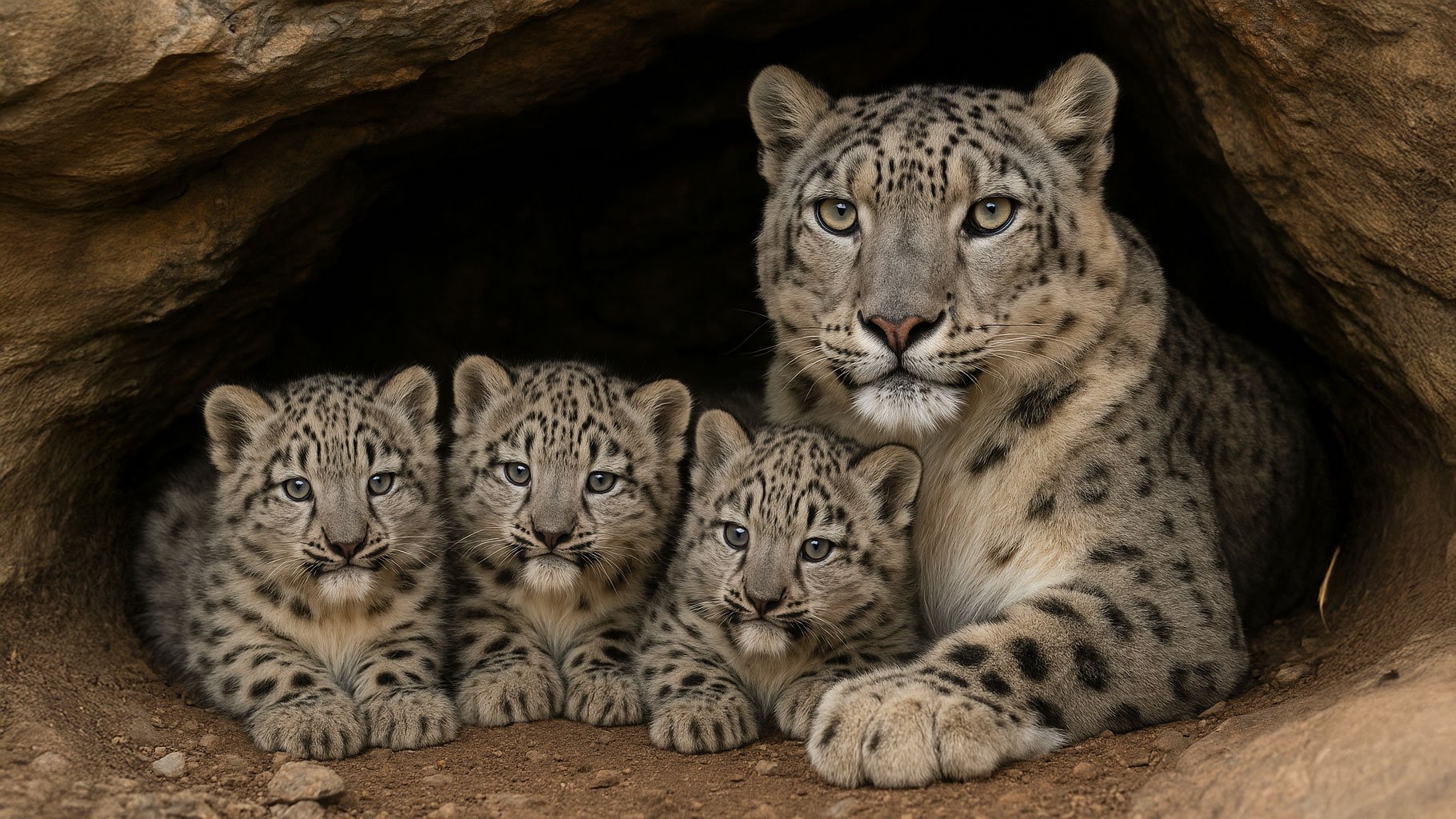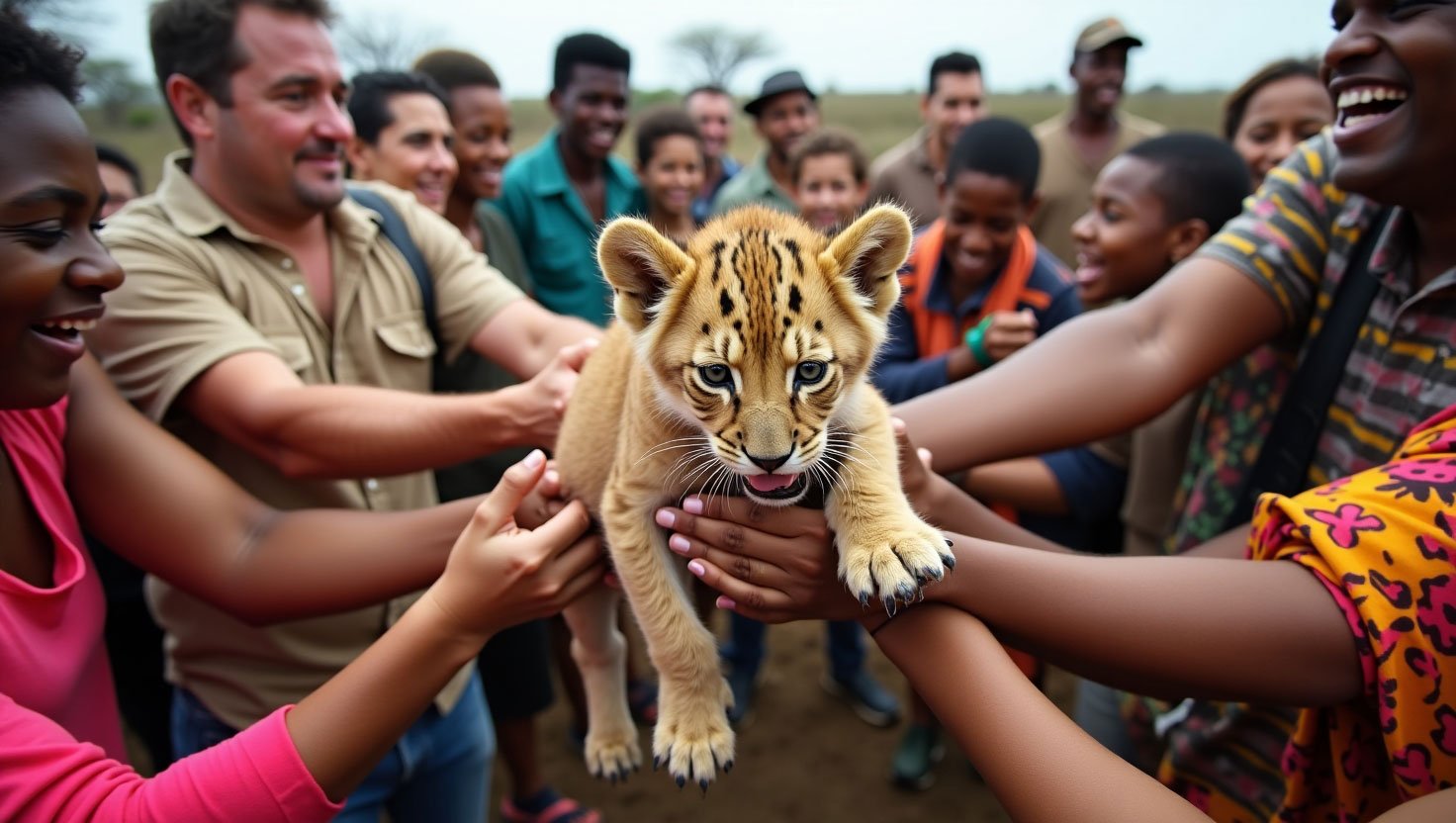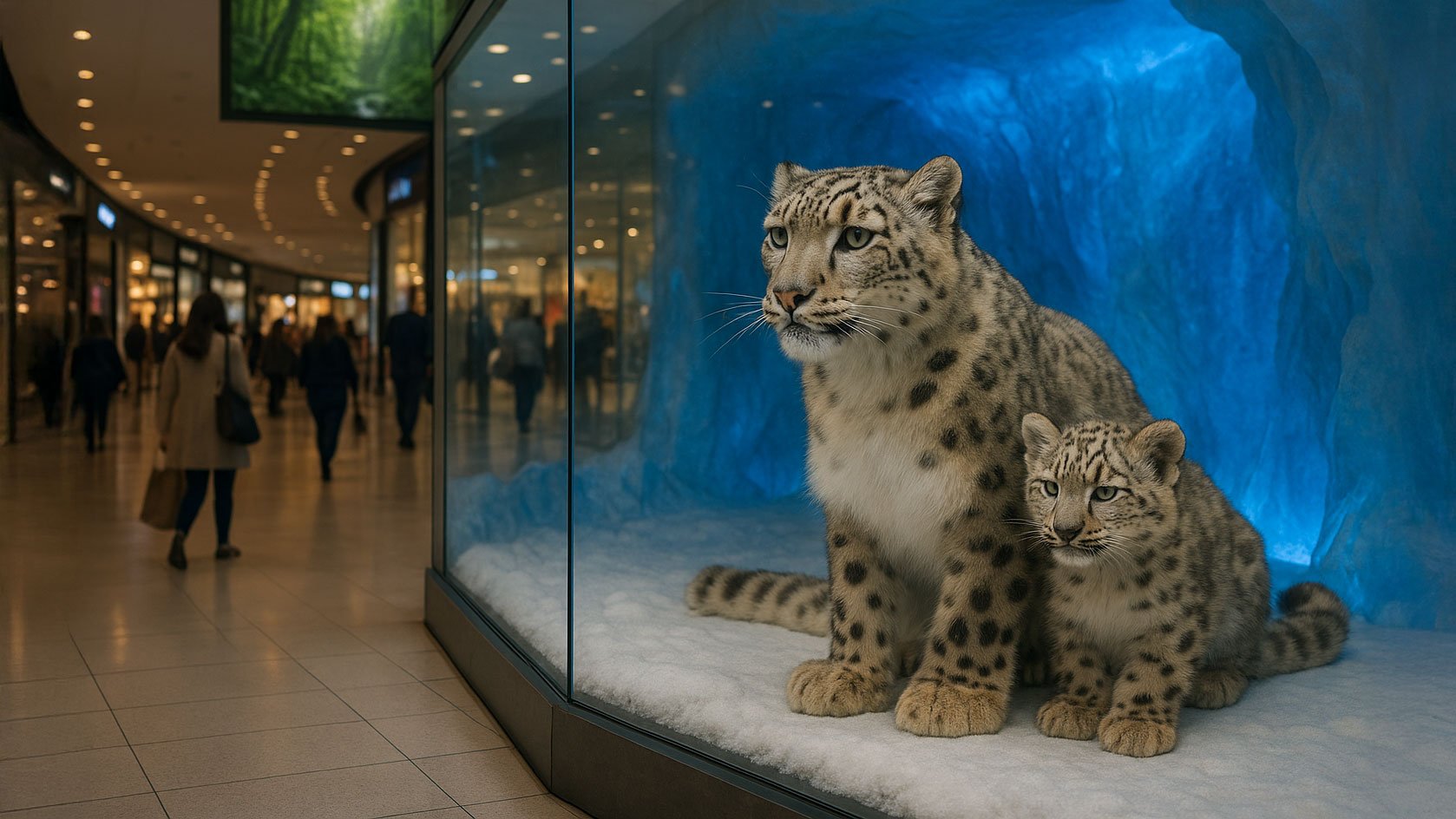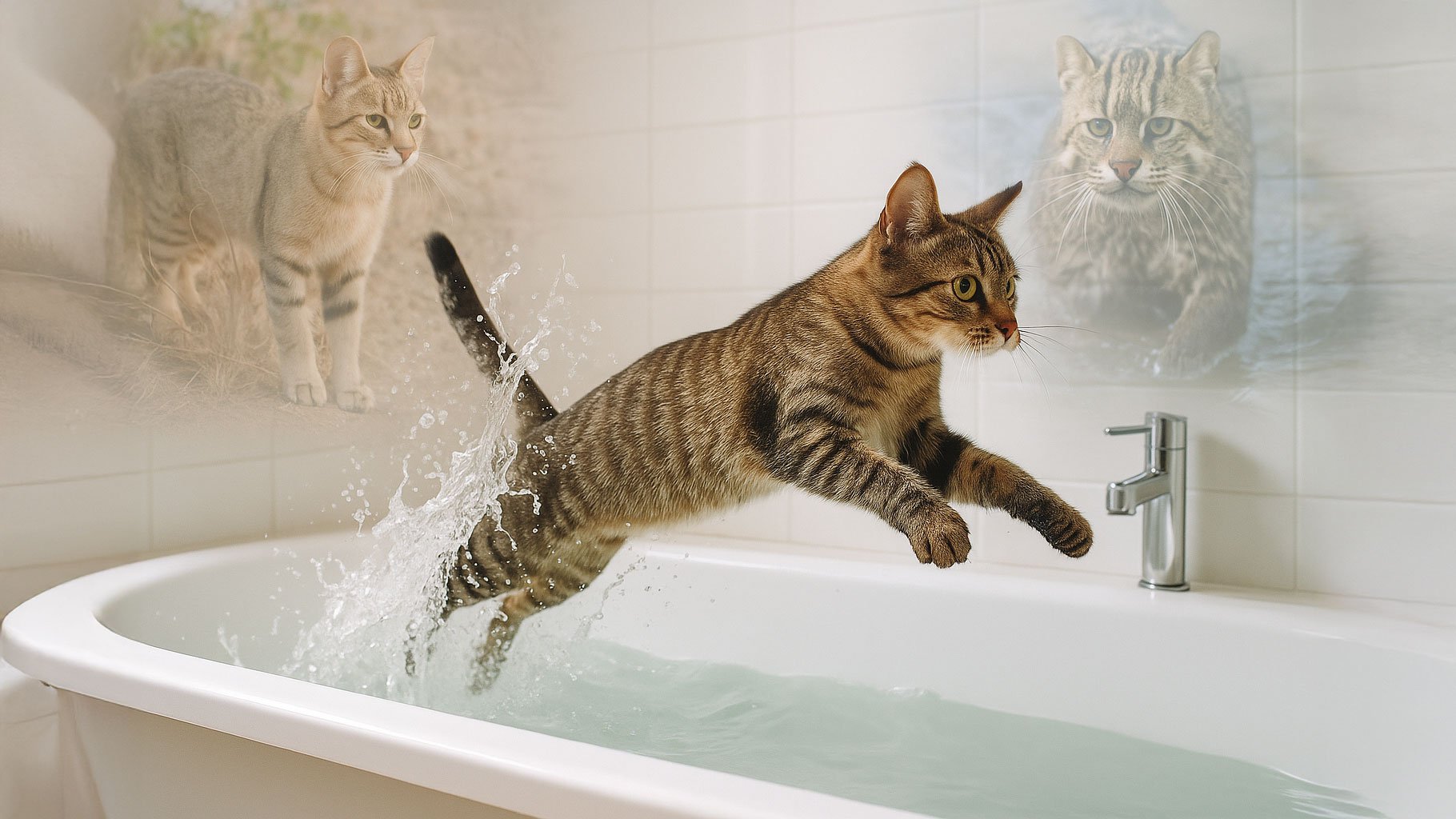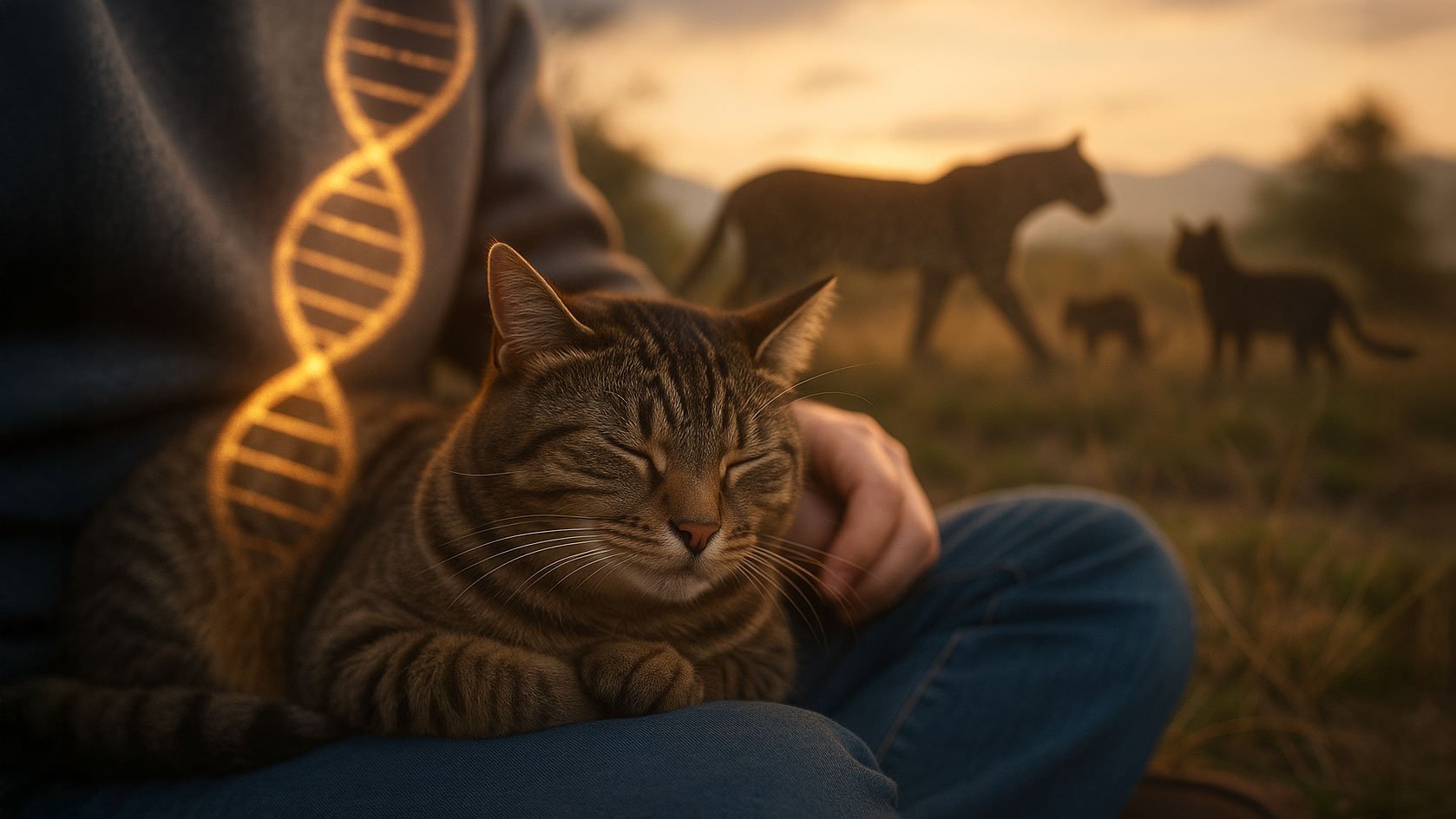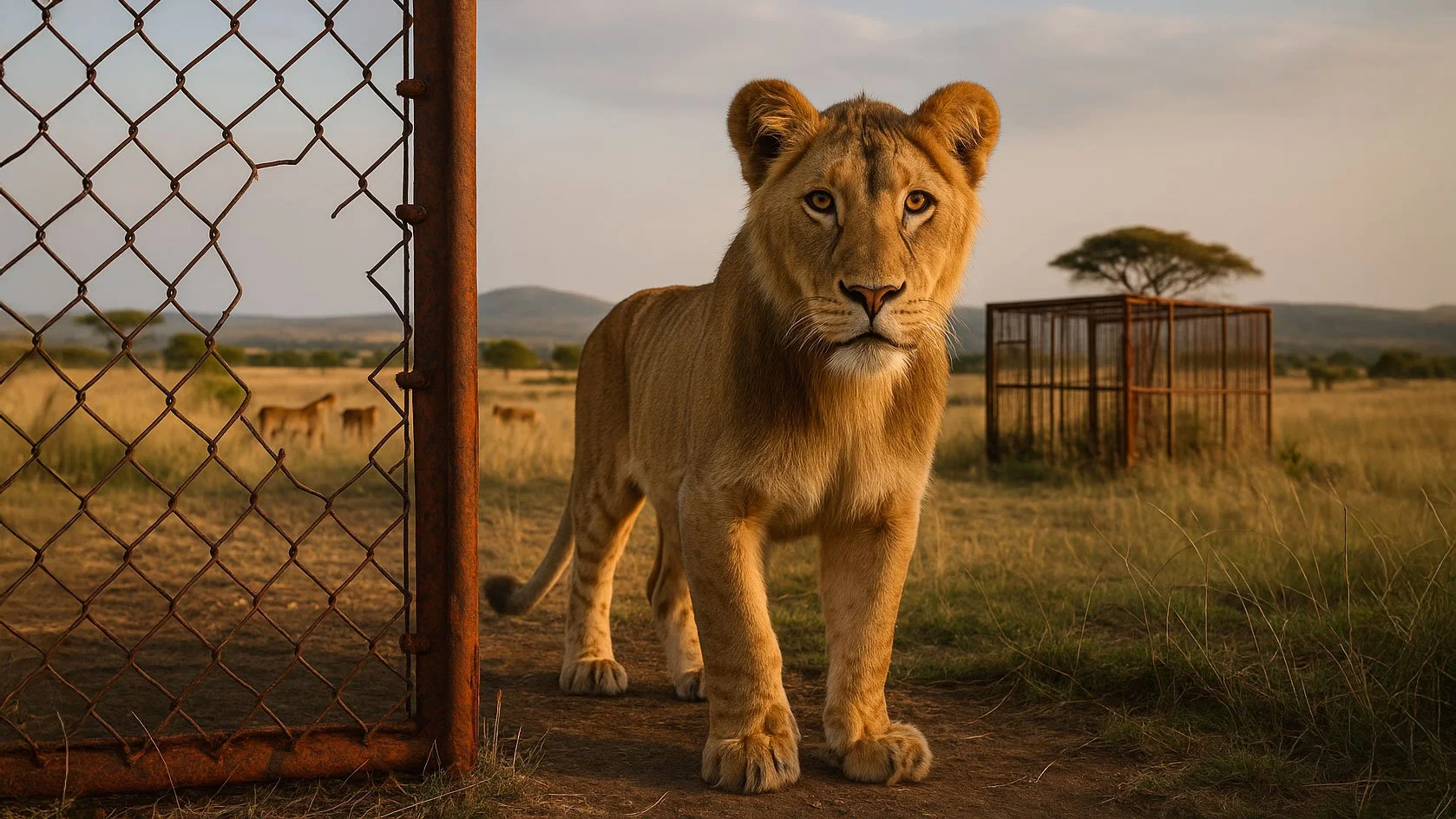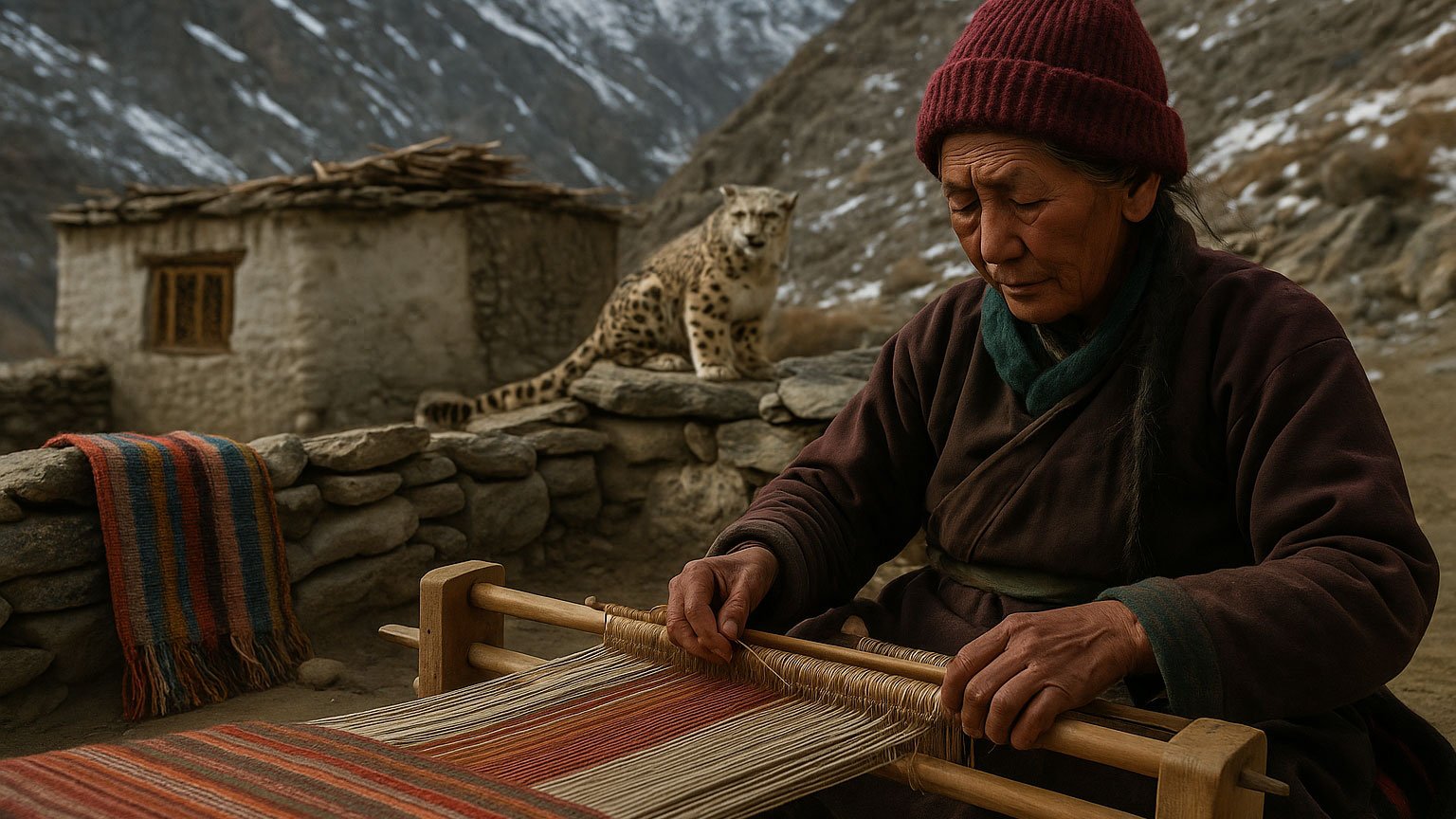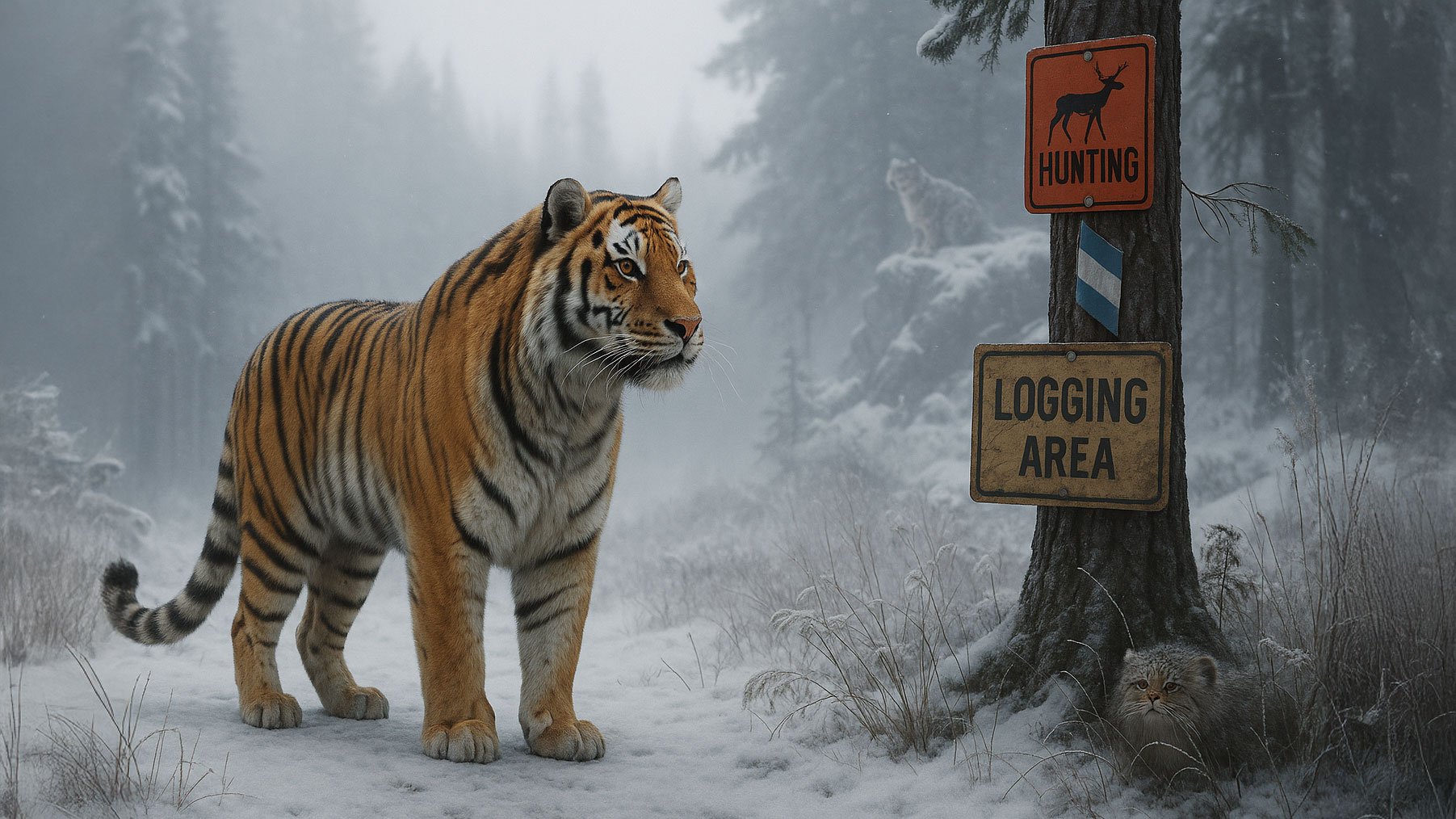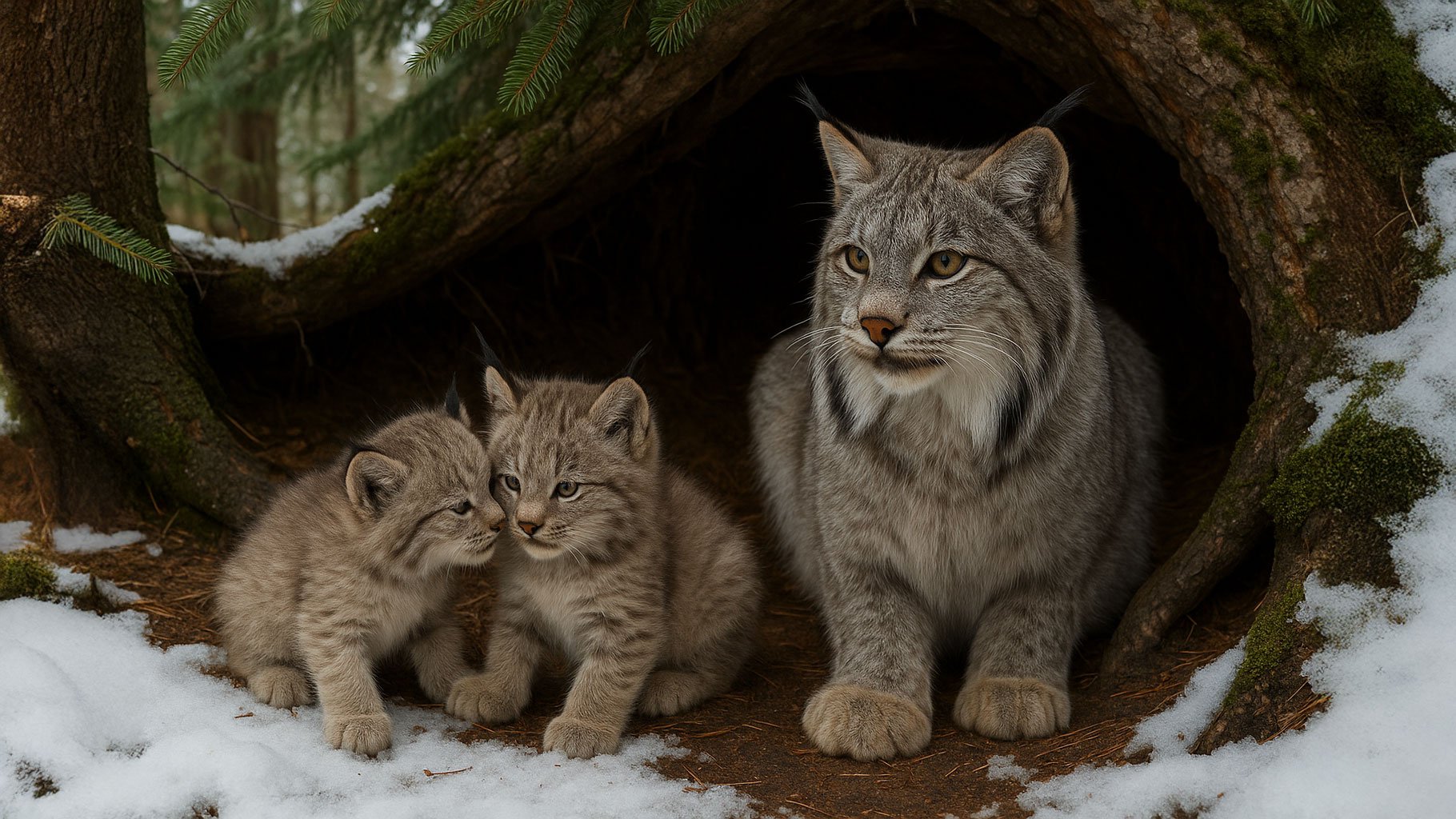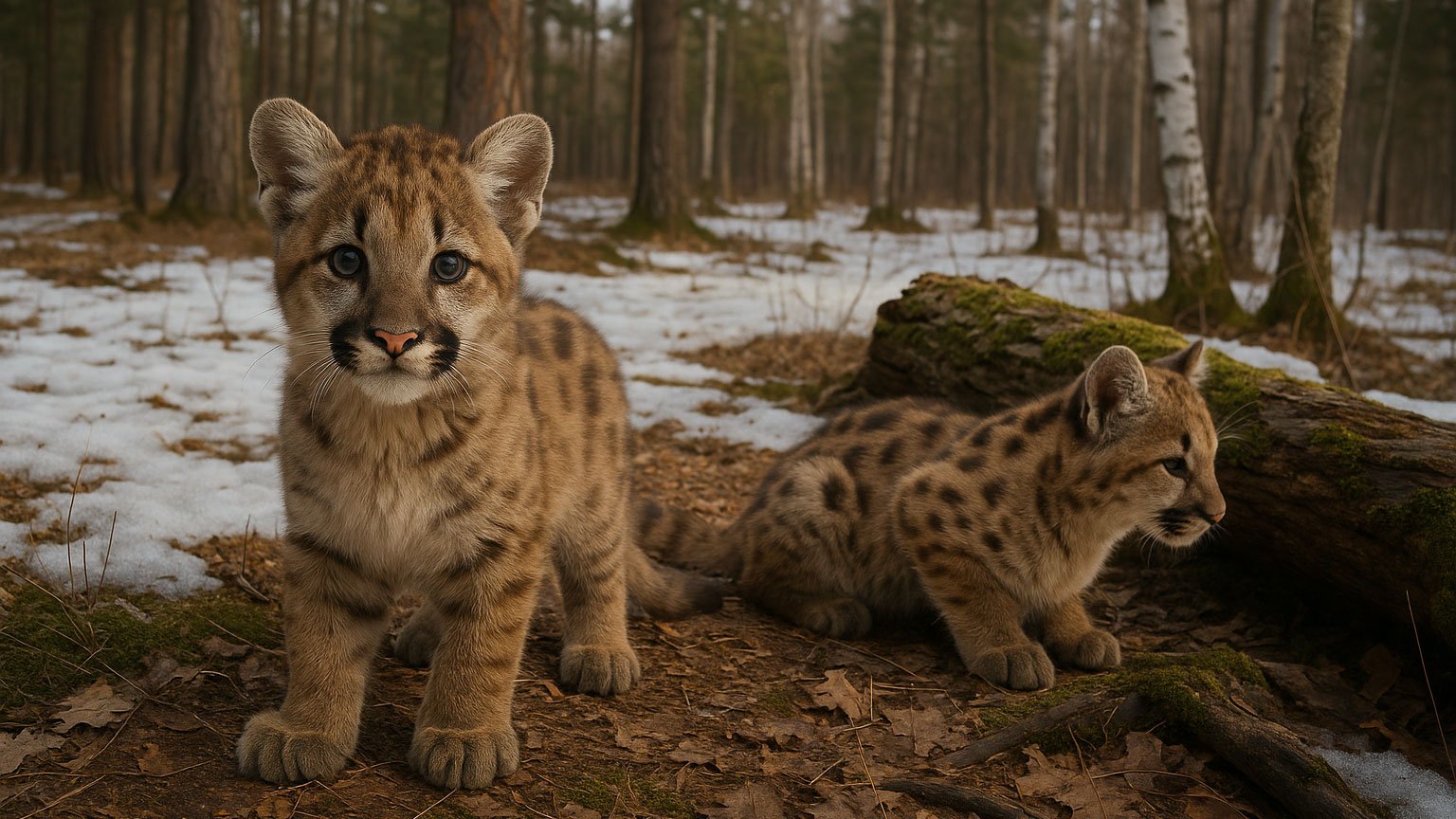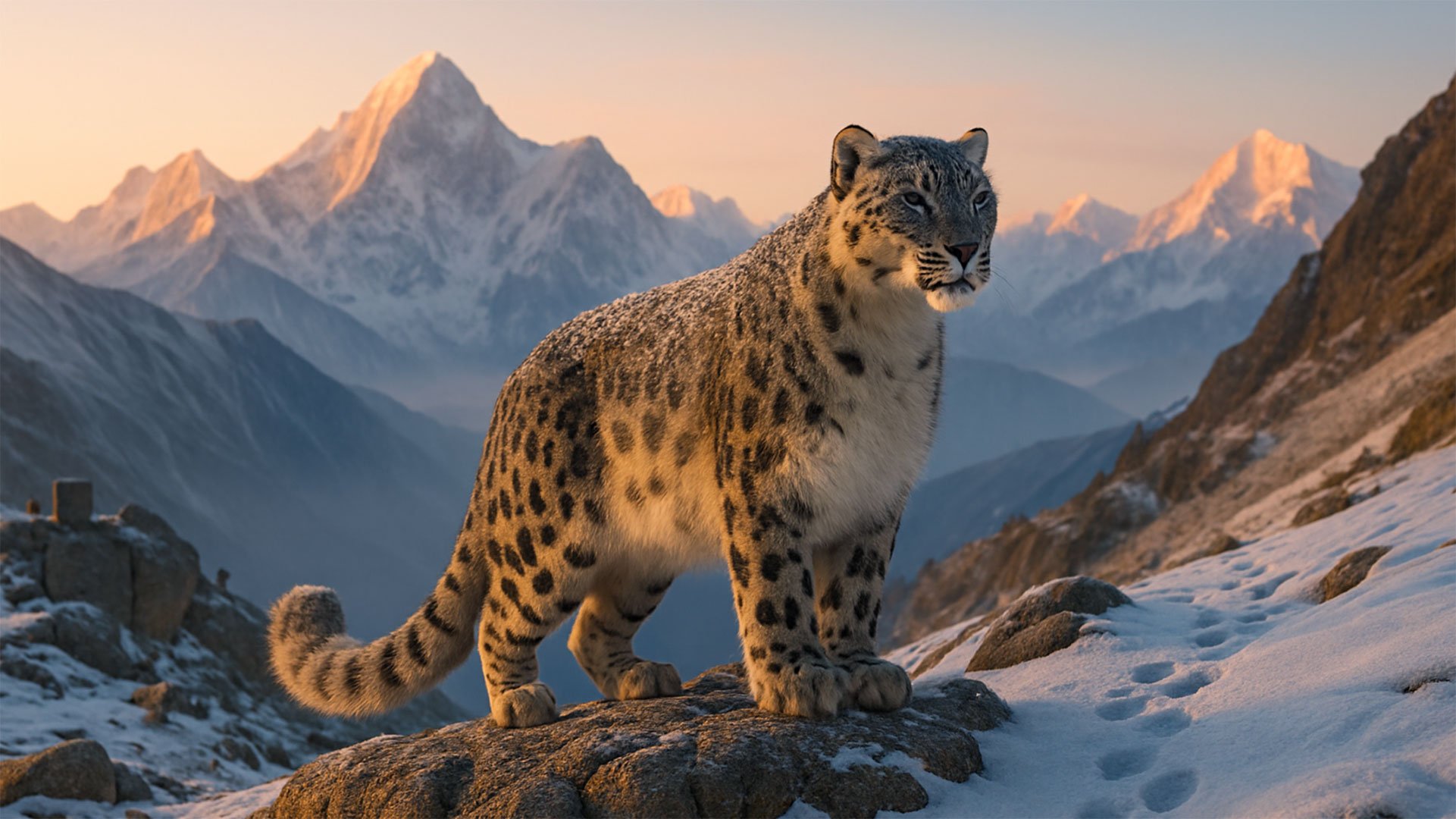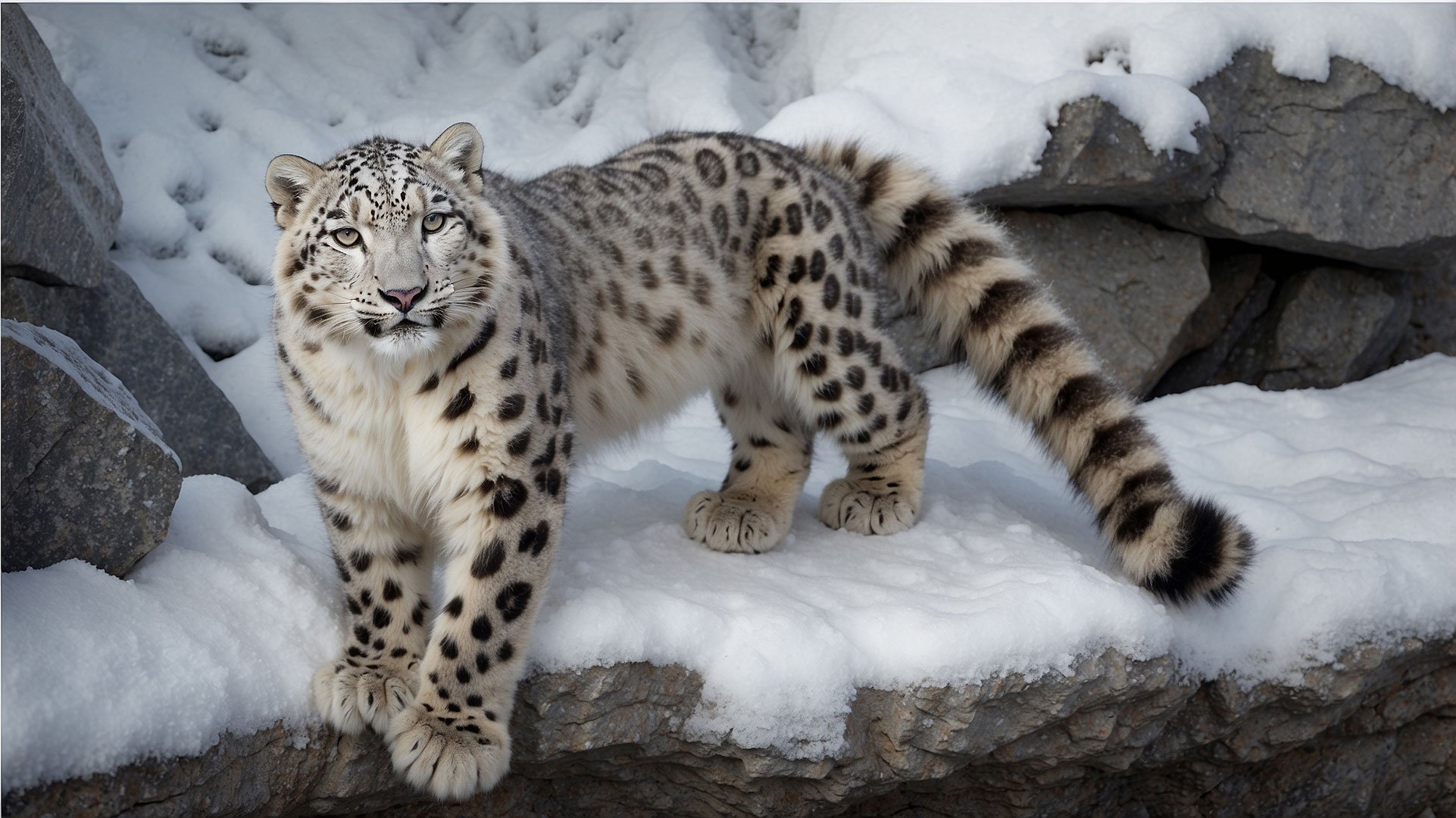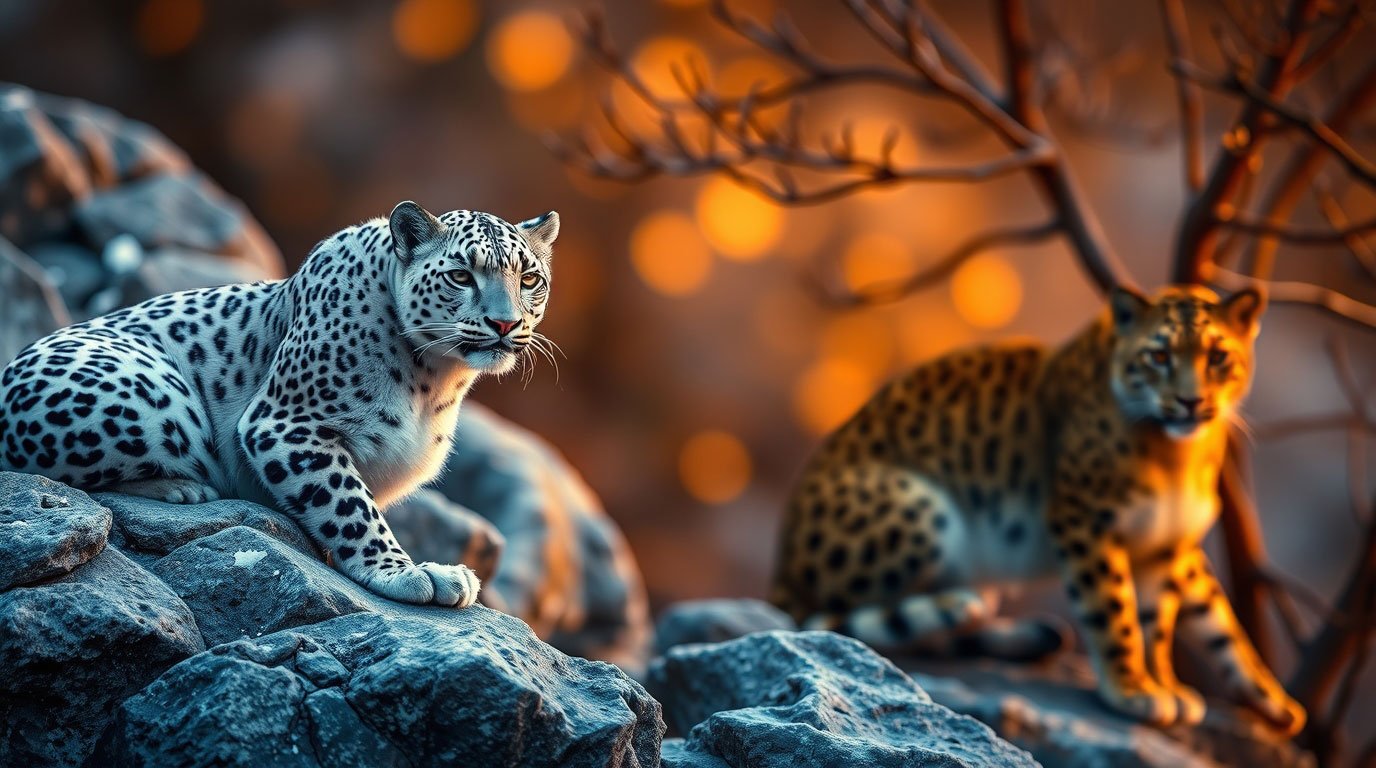Into the Hidden Cradle of Ghost Cats: A Rare Glimpse at Snow Leopard Cubs in the Wild
In the remote Tost Mountains of Mongolia, where the winds whip through narrow canyons and time seems suspended in the silence of stone, a miracle unfolded—hidden in a shadowed crevice, cloaked in secrecy and snow. It was here, for the first time in six years, that conservationists glimpsed the next generation of one of the world’s most elusive predators: the snow leopard.
Snow leopards, often called "ghosts of the mountains," haunt the high peaks of Central Asia, rarely seen, almost mythical in their mystery. But in June and July of 2025, researchers from the Snow Leopard Conservation Foundation and Snow Leopard Trust ventured where few ever have. They located not one, but two snow leopard dens nestled among the rugged cliffs, and inside, five cubs blinked into the sunlight—curious, cautious, completely captivating.
The Race Against Time and Terrain
Finding a snow leopard den is like finding a needle in a frozen haystack. Female snow leopards occupy territories averaging 130 square kilometers—two and a half times the size of Manhattan. Despite advances in GPS tracking, even with collars affixed to 20 adult females in the South Gobi region, researchers still had to physically scour 60,000 square meters per den to pinpoint their exact locations. They had one shot. If the mother returned before the team could verify the den, the search would be abandoned to avoid causing distress or abandonment.
Örjan Johansson, who led the expedition alongside field ranger Buren Nyam, described the experience as “amazing—something only a few people have ever experienced.” And that’s no exaggeration. The last time scientists entered a snow leopard den was in 2019.
The dens themselves are typically narrow rock cracks or caves, naturally fortified hideaways in a brutal landscape where cubs can grow in safety for the first fragile months of life. Until they’re around six months old, cubs stay completely hidden and never travel with their mother. This brief window is the only time researchers can collect critical data about litter size and early survival—a vital key to understanding snow leopard population dynamics.
Why It Matters
Snow leopards (Panthera uncia) are classified as Vulnerable by the International Union for Conservation of Nature. With an estimated global population between 3,920 and 6,390 individuals, they roam across a 2-million-square-kilometer range that spans 12 countries, including China, India, Kyrgyzstan, and Russia. But this majestic expanse is increasingly fractured by human activity: mining, development, retaliatory killings from herders, and climate change-induced habitat loss all encroach on the snow leopard’s domain.
Den visits like this one offer irreplaceable insights. "To be able to model and project the population trajectory of any species reliably, we need to understand key factors like birth rates, mortality and how many animals move in and out of an area," Johansson explains. Without knowing how many cubs are born—and how many survive—we’re navigating conservation efforts in the dark.
Understanding snow leopard family life isn't just a scientific curiosity. It’s the foundation for effective protection. It guides where to enforce anti-poaching patrols, where to work with herders on coexistence strategies, and how to make smart land use decisions that preserve habitat.
A Community of Guardians
The team’s success is also a testament to community-based conservation. Buren Nyam, the local ranger who helped locate the dens, exemplifies how integrating indigenous knowledge and local partnerships creates conservation wins. This boots-on-the-ground approach has proven far more effective than top-down models.
By employing locals as guardians, wildlife conservation becomes not just a mission, but a shared stewardship. It’s a model Big Cat Rescue has long championed—most notably with our support of the Erbis Enterprises handicraft program in snow leopard regions, which turns villagers into wildlife protectors through sustainable income generation tied directly to the presence of these cats.
A Future Written in Paw Prints
In the quiet hush of the den, amid the rustle of fur and the rasp of tiny breath, lies a powerful story—not just of survival, but of hope. Each snow leopard cub represents a flickering ember of a species that once teetered closer to the edge of extinction. And thanks to efforts like this, that ember burns a little brighter.
These rare images of snow leopard cubs remind us that conservation isn’t only about preventing loss—it’s about nurturing life, about opening our eyes to what still thrives and protecting it with everything we’ve got. You don’t have to scale Mongolian peaks to make a difference. You can start right now—by supporting organizations like Snow Leopard Conservation Foundation and Snow Leopard Trust.
Let’s protect the ghost cats before they vanish into legend.
2025 See the photo: https://www.newscientist.com/article/2488533-rare-images-capture-snow-leopard-cubs-in-their-dens/
